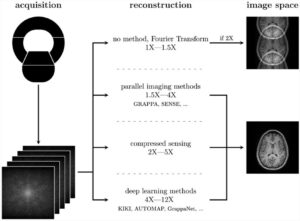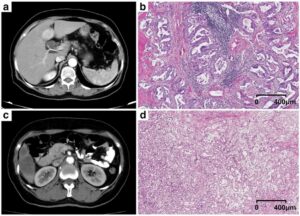With the help of radiomics, standard medical images can be transformed into detailed, high-dimensional data sets that go beyond what the eye can see. The typical workflow of radiomic projects involves a series of sequential processes, including image registration, intensity normalization, and segmentation of the region of interest. While there is a general agreement on the essential steps, consensus on the best preprocessing methods remains elusive. Numerous works have highlighted the promising role of radiomics in the field of neuro-oncology, such as in predicting patient survival, evaluating treatment responses, and pinpointing key biomarkers.
In our article “Impact of signal intensity normalization of MRI on the generalizability of radiomic-based prediction of molecular glioma subtypes”, published in European Radiology, we delve into the pivotal role of MRI signal intensity normalization in boosting the accuracy and generalizability of radiomic-based models for identifying molecular subtypes of gliomas. Intensity normalization standardizes the range and scale of image pixel intensities, reducing variability between scans.
Our study reveals that intensity normalization approaches like WhiteStripe and Z-score normalization are foundational elements that significantly contribute to the robustness and generalizability of radiomic-based machine learning models. Specifically, while intensity normalization was not relevant when applying the developed radiomic-based machine-learning model to homogeneous data from the same institution, it was crucial to preserve the model performance when used in an external heterogeneous, multi-institutional setting.
With our work, we uncover the importance of MRI signal intensity normalization to address the generalization gap of radiomic-based machine learning models and thereby facilitate its clinical translation.
Key points
- MRI-intensity normalization increases the stability of radiomics-based models and leads to better generalizability.
- Intensity normalization did not appear relevant when the developed model was applied to homogeneous data from the same institution.
- Radiomic-based machine learning algorithms are a promising approach for simultaneous classification of IDH and 1p/19q status of glioma.
Authors: Martha Foltyn-Dumitru, Marianne Schell, Aditya Rastogi, Felix Sahm, Tobias Kessler, Wolfgang Wick, Martin Bendszus, Gianluca Brugnara & Philipp Vollmuth















